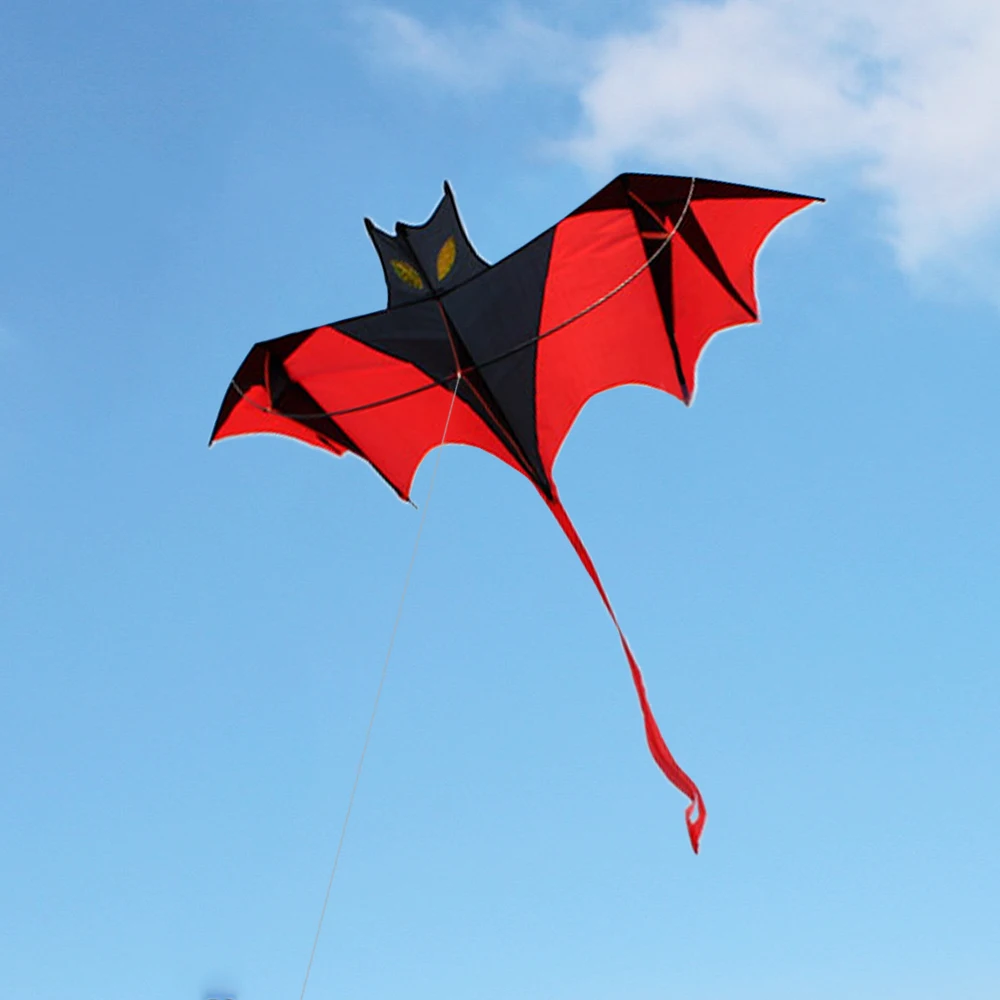
'There is the very real possibility of legal action,' confirmed an RSPB source.Įlsewhere, opposition continues to mount in the name of Filled Heart. Now, RSPB lawyers and government officials are locked in discussions over the site's viability.


Yet it is the Government-backed proposals for a huge flagship offshore wind farm at Shell Flats off Lancashire that could prove the test case that threatens Blair's wind energy revolution.Ī previously unknown flock of 15,000 common scoter ducks was recently discovered at the site. Plans for a giant wind farm to be built on the estate of the Duke of Beaufort on the outskirts of Swansea, and another key red kite habitat, may follow.Įarlier this year, the RSPB, which has two million members, condemned the proposed £600m siting of hundreds of wind turbines on the Isle of Lewis as illegal because of its standing as an internationally important bird sanctuary. In particular, they are targeting 39 massive turbines the size of a 40-storey office block to be constructed deep in the Cambrian mountains, until recently one of the last refuges of the red kite in Britain and a major tourist draw. Now Welsh campaign ers, in a move to save the once-persecuted red kite, are preparing to follow with their own legal action. Last week, its concern deepened when US wildlife experts launched a lawsuit against a San Francisco wind farm known to kill 5,500 birds a year. The story of how the death of a single red kite near Aberystwyth could dent the Government's high-profile pledge to provide 10 per cent of Britain's electricity by 2010 by the wind has stunned the industry. Pressure will mount this week when conservationists warn Ministers they are failing to take the threat seriously.

Wind farms are currently planned for sites near the habitats of some of Britain's rarest birds, including golden eagles, as well as the red kite, of which there are 500 breeding pairs left. Wind farms proven potentially to affect birdlife may have to be sited elsewhere or abandoned altogether according to legal experts.Įvidence continues to emerge that thousands of the UK's most well-known birds could be killed in the 40-metre-long blades. 'It might have been only one bird, but because the red kite is such a rarity it has tended to polarise views and has raised real questions about the siting of turbines,' said Rowena Langston, research biologist for the Royal Society for the Protection of Birds. For the environmentalists who argue the loss of a few birds is a worthy sacrifice if it means reducing the impact of global warming, Filled Heart remains a powerful nemesis. For conservationists, the red kite has become an unlikely martyr in the fight against wind farms. Now, a year after its death, Filled Heart has also precipitated an unprecedented spat among the green lobby. The synopsis offered the first proof that Britain's army of birdwatchers had been dreading: endangered species were being shredded in the 'killer blades' of huge turbines that can travel at up to 300kph. A detailed inspection by vets concluded its injuries were consistent with being slashed by a giant turbine blade.
#Red kite energy series#
The death of Filled Heart is also blamed for a series of impending lawsuits against planned wind turbines, which some believe could reduce bird populations to the extent that internationally recognised nesting sites lose their global importance.įilled Heart's body was found close to a major Welsh wind farm.


 0 kommentar(er)
0 kommentar(er)
